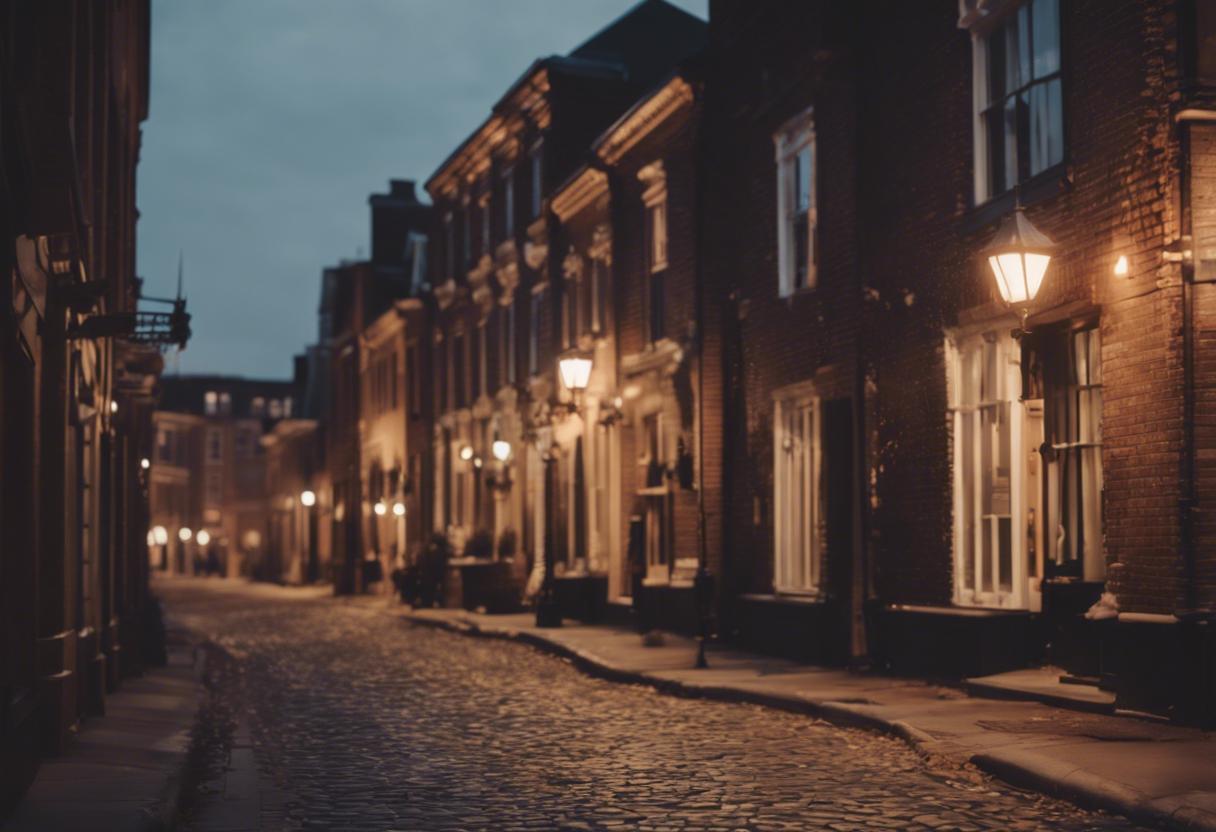Located at 66/67 Strand Street, Dublin 1, is a four-storey property teeming with character and charm. Initially constructed by Quakers as an efficient place for education and community events, it is currently laid out in a captivatingly spacious design with an elegant flair. With a listed price of €4 million, Colliers sees it as an ideal prospect for a hotel.
Interior details, like the original wooden staircase, blend seamlessly into an expansive, well-lit space. Aesthetically pleasing white walls, high ceilings, gleaming wooden floors, and big windows with round tops add to its appeal. Despite seeming ready to double as a multi-tiered dance studio, the architectural masterpiece also flaunts modern amenities such as Cat 6 cabling, LED lighting, and an eight-passenger elevator that services all floors.
Colliers is eliciting offers around the €4 million mark for the freehold, which is offered entirely vacant. This prime real estate is deemed pristine, expanding over roughly 1,040sq m (about 10,800sq ft), making it a highly attractive office space. It is expected to appeal to both budding and well-established corporations.
Located north of the river Liffey on Great Strand Street, it is conveniently close to the Millennium Bridge and within a comfortable walk to Henry Street and Temple Bar. The locale is pleasantly diverse, boasting several international restaurants, the Dublin’s Italian Quarter, and nearby hotels like Morrison, Clarence and Motel One.
Colliers’ Nigel Kingston believes the sale to be a splendid chance for an insightful purchaser to further modernise the existing office space or remodel it into loft-style apartments or a boutique hotel, pending planning permission. Such an adaptation seems enticing for an investor in light of the escalating demand for hotel rooms in the capital city.
The property, erected in 1868 by John McCurdy for the Religious Society of Friends (Quakers), was initially used as an educational institute for the city’s working class. Maintaining Quaker traditions, it served as a sanctuary and community hub that aided in charitable deeds and welfare services.
In the year 1924, the Quakers deserted the edifice which consequently became the main base for St John Ambulance. This continued for the following century until 2023 when the latest tenants, ETSY exited. The structure holds significant value not only architecturally but also socially, dating back to its historical layers of domesticity from the 18th century and industrial elements of the 19th century. The present proprietors have undertaken commendable efforts in recognising and protecting its initial characteristics, intent on keeping the building’s historical essence at the forefront.

